Abstract: In view of the shortage of fresh vegetables in the island border areas and barren areas along the “One Belt and One Road”, combined with agricultural planting theory and experience, using Internet of Things technology to analyze the environmental factors required for each link in the plant growth process, we designed a A set of plant Internet of Things cultivation system based on multi-spectral continuously adjustable. Common vegetables can be cultivated and kept fresh using less energy. Through closed cultivation experiments, it was verified that this system can meet certain vegetable supply and plant cultivation needs in extreme environments without relying on land, shorten the planting cycle, and improve agricultural planting efficiency.
Abstract:The plant IOT Intelligent cropping system is designed based on the theory and experience of agricultural cultivation,analyzing the environmental factors needed in the process of plant growth and using IOT technology. The system can cultivate and preserve common vegetables only using less energy. It is proved that the system can meet the needs of veg etable supply, short planting period and improve agricultural efficiency without land by doing closed experiments.
In recent years, with the development of Internet of Things technology and intelligent sensing technology, agricultural Internet of Things technology has also developed rapidly. Intelligent agricultural production systems represented by plant factories have developed most rapidly, and many researchers at home and abroad have conducted in-depth research on them. Li Dongxing et al.
Nutrient solution aseptic circulation technology is used in plant factories; Zhu Zhou et al. studied plant growth using LED plant light source arrays. Many countries and regions have also vigorously developed greenhouse plant cultivation technology. Countries such as the Netherlands, the United Kingdom, and Japan have been able to skillfully apply computer Internet of Things technology and sensor technology to monitor various environmental indicators in the greenhouse, such as temperature, humidity, carbon dioxide concentration, pH value, and nutrition. Liquid, air, etc. can be precisely controlled and can be monitored and controlled remotely. my country started late in greenhouse plant cultivation technology, but it has developed rapidly in recent years. In 2010, Jingpeng Plant Factory established a large-scale plant factory in Tongzhou, my country, and formed a complete greenhouse system cultivation plan. This article effectively integrates agricultural planting experience with computer Internet of Things technology to design a plant Internet of Things cultivation system based on multi-spectral continuous adjustment. Through practical planting, it has been proved that the system is highly modular, energy-saving and water-saving, and does not depend on land and land. Climate, can be quickly deployed and put into production, and can be well used in areas that require a certain amount of fresh vegetable supply.
1. System function analysis
In view of the problems of poor soil, lack of water resources, and small space in actual application areas, the plant growth IoT cultivation system designed includes a wireless environment detection system, an intelligent environment control system, an intelligent security system, a solar-based energy supply system, and a large-scale plant growth system. The plant growth function database of the data is shown in Figure 1. Each system adopts a modular design and can be increased or decreased according to actual needs to facilitate later maintenance.
1) The growth of plants is affected by a variety of environmental factors, such as light intensity, temperature and humidity, dew point, carbon dioxide concentration, nutrient content, etc., and is also affected by insect pests. This system is designed to accurately monitor the above environmental factors, based on real-time data collected by sensors, and uploaded to the cloud data center for the system to make corresponding decisions and feedback.
2) In order to solve the problem that the planting environment cannot be managed in time when the planting area and the management area are separated, an intelligent adjustment system is designed so that the administrator can use the PLC touch screen to control each area.
On-site control of the actuators and remote control of each actuator using the computer and mobile APP.
3) In order to ensure the safety of personnel and property during the planting process, an intelligent security system is designed, and smoke sensors, sound and light alarms, door sensors and human body infrared sensors are installed indoors.
When encountering an emergency, it can cooperate with the sound and light alarm to alarm.
4) In view of the lack of power supply in island areas and barren areas, a solar-based energy supply system is designed, including solar panels and battery banks. The design of the solar panels in the system can be defined according to the scale of planting. It can be used for normal operation of the system and battery storage under light conditions. The battery power can be used to maintain system operation at night. In addition, the system is designed with multiple power interfaces and can be mixed. Energy supply, keeping the system’s energy supply stable.
5) In order to enable managers to use the cultivation system after simple training, a plant growth function database is designed. This is the hub of the entire execution mechanism and crop growth control. It contains a large number of growth environment parameters of crops at various stages, and all parameters correspond to Intelligent adjustment of each actuator in the system achieves the function of linkage control. In addition, interfaces are reserved for managers and agricultural experts to independently add agricultural planting data to achieve the integration of traditional agriculture and modern Internet of Things technology.
2. System framework and functional design
In addition to the host computer programming, the most important part of the plant cultivation system is the construction and implementation of the lower-level control system. As shown in Figure 2, the plant cultivation control system is mainly divided into two blocks: The first block is a PLC controller combined with programmable On-site control of the touch screen, this part can directly view and control the on-site environment parameters in real time based on the developed touch screen human-machine interface; the second part is divided into two parts. The first part uses the RS485 bus protocol to program the PLC and connects the integrated RS485 protocol Wi-Fi gateway module, and then performs two-way information transmission with the coordinator. This part includes a multi-spectral continuously adjustable system and an on-site environment online monitoring system, which can monitor and adjust environmental factors such as light chromatographic intensity, temperature and humidity, and CO2 concentration. ;The second part discusses the ZigBee module
The circuit design is based on the block to form a wireless monitoring node with unique functions. The node module can be connected to the photosensitive module, smoke sensor, door sensor, relay, temperature and humidity module, soil temperature and humidity module, etc., and forms two-way communication with the coordinator through ZigBee. This part It includes a remote environmental parameter control system, security alarm system, etc. Finally, through the connection between the coordinator network and the cloud database, a complete set of plant cultivation control system is formed.
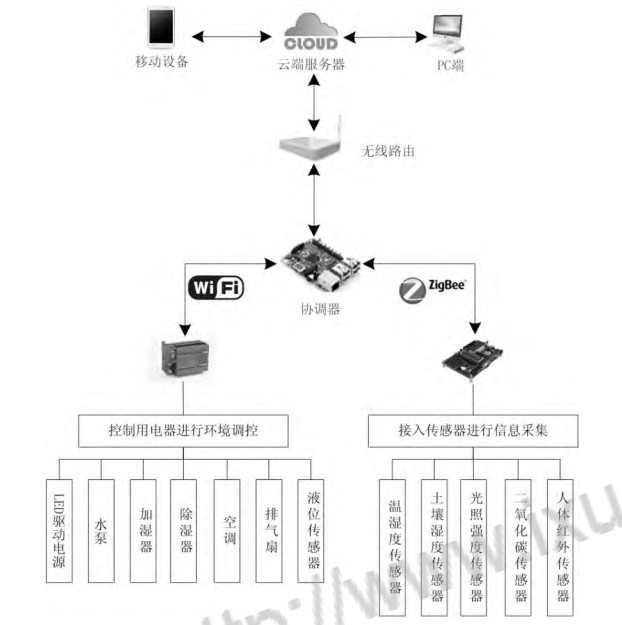
Figure 2 Functional design flow chart
Next, we design and analyze the PLC-based multispectral continuously adjustable system, the IoT plant growth function library parameter control system and software architecture design. 2.1 Multispectral continuously adjustable system based on PLC. Traditional artificial light sources basically use high-pressure sodium lamps or fluorescent lamps. The spectral energy is single and fixed, and its light intensity and illumination time can only be controlled. However, the spectrum and light intensity requirements of each stage of plant growth are are different. Traditional light sources have problems such as low effective radiation ratio, low light efficiency, and high energy consumption [7] during the application process. Therefore, using a light source with adjustable light intensity and spectrum is a good solution. This system uses a control mode that combines LED light panels, light source drivers and PLC, which can accurately and continuously regulate spectrum and light intensity.The core components of this system
It is a lamp panel that uses three primary color LED lamp beads of R, G, and B. The lamp bead concentrates the light sources of the three primary colors of red, green, and blue into a tiny lamp bead, as shown in Figure 3. , each lamp bead has 3 sets of pins, which are the positive and negative poles of the three primary color lamps. By energizing each set of pins, the corresponding color can be lit respectively. By changing the current size of each set of pins, the brightness can be made It can be changed accordingly, and different colors can be adjusted by mixing the brightness of the three primary colors in different proportions. As shown in Figure 4, an LED light panel is made of three primary color LED lights. The light panel consists of a total of 6 RGB light strips and 3 UV light strips.
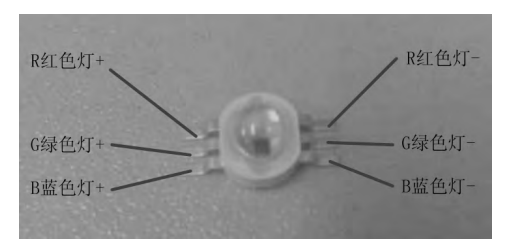
Figure 3 RGB three primary color lamp beads actual picture
Each RGB light strip is composed of 8 RGB lamp beads. The power of each lamp bead is 3W. The light required for plant growth is completely provided by RGB lamp beads. The UV ultraviolet lamp plays a role in auxiliary sterilization and supplementary light.
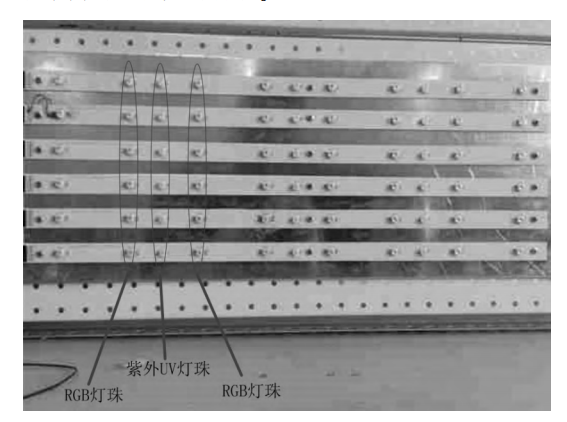
Figure 4 Actual picture of LED light panel
The maximum luminous flux that the RGB lamp beads in the entire lamp panel can provide can be expressed as: =Ki×P×CU×Mf
In formula (1), Ki is the optical efficiency, P is the total power of the lamp bead, CU is the light utilization coefficient, and Mf is the maintenance coefficient (the maintenance coefficient is tested according to the experimental conditions. If the lamp panel is surrounded by mirror materials, The utilization coefficient is higher; on the contrary, if the open type is adopted, the utilization coefficient is lower), where Ki=351m/W, CU=0.8, Mf=0.4, then the corresponding luminous flux is:
=35×3×8×6×0.8×0.4=1612.81m
The power of each RGB light strip is 24W, and the power of each UV light strip is 5W. The total power of the light panel is:
P=24×6+5×3=169W
Under normal circumstances, the brightness of an LED light source is linearly proportional to the current flowing through it. In order to make the lighting parameter settings in the vegetable factory accurate and reliable, the LED drive power supply is required to provide a constant current. Therefore, an adjustable constant current source is used as the LED. The driving power supply for the lamp is the best choice. According to the calculation of the power and current of each red, green, blue and ultraviolet light of each light board, the driving power supply is selected as shown in Table 1:
1 Driving power supply selection for LED lights

For this type of driver, the PLC can use the D/A output function to output 0~100% of the analog quantity corresponding to 0~10V for each color, accurately output the intensity of each light color respectively, and form various chromatograms and intensity through light and color fusion. Lighting fully meets the lighting conditions required by plants at all stages of growth.
2.2 Based on the Internet of Things plant growth function library parameter control system, all data of the entire cultivation system are stored in the cloud data center, and the server is used to interact with each terminal to achieve the purpose of remote intelligent control, and the overall system can operate normally and effectively adjust Various environmental parameters enable plants to grow normally and efficiently
Very crucially, this requires reasonable database parameter design, coordination and cooperation of various nodes, and accurate information feedback.
By building a universally adaptable plant growth-specific function library to interface with the underlying hardware execution mechanism and integrating existing Internet of Things technology, the rapid production and planting of different plants in different areas can be realized. This method can instantiate the traditional planting experience in a specific area into various plants. The environmental parameter planting plan can also directly call the existing plant growth function library planting plan to integrate empirical agriculture with modern agriculture, as shown in Figure 5, which is the plant growth function database adjustment process.
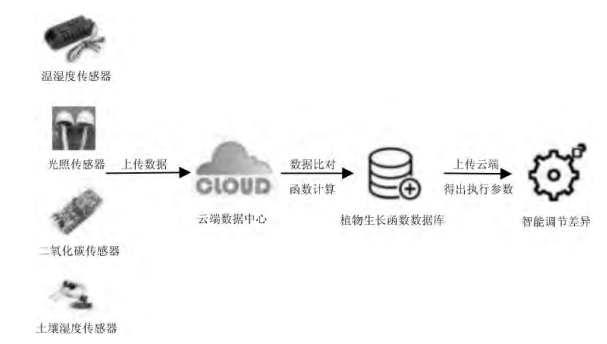
Figure 5 Plant growth function database adjustment process
Among them, the bottom layer docking of the plant function database solves the problem of how to convert execution parameters into hardware execution control, while the comprehensive control of multiple environmental parameters is a more complex problem. The upper layer of the plant function database needs to solve various problems under multiple environmental parameters. The functional relationship between environment variables and how to generate execution parameters. Taking the control of dual environmental variables of temperature and humidity as an example, during the environmental control process, temperature and humidity have a certain coupling relationship and will depend on each other, affecting the accuracy of the control. This requires taking into account the functional relationship between the two variables of temperature and humidity and adopting a decoupling method.
As shown in Figure 6, two decoupling components R1 and R2 are introduced
Links, the temperature and humidity control are formed into:
Temperature output: T=(1-R1)×Mt+R1×Mh (3)
Humidity output: H=(1-R2)×Mb+R2×Mt (4)
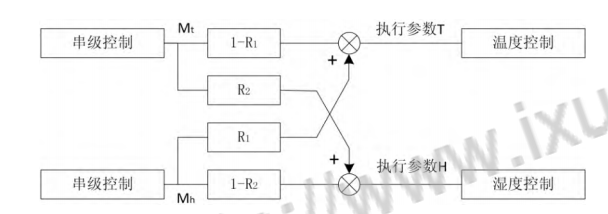
In formulas (3) and (4), R1 and R2 are the proportion of influence of temperature and humidity on their respective adjustment processes (determined by the actual surrounding environment), R1 + R2 = 1; Mt is the set temperature parameter, Mh is the set humidity parameter; T is the final system execution parameter, and H is the final system execution parameter.In the actual plant cultivation process, there are a large number of coupling phenomena of environmental parameter adjustment. The parameters set in different planting areas will also be different, such as light intensity and carbon dioxide.
The regulatory relationship of concentration and the environmental parameters required by plants at different planting stages will also be different.
The plant growth function database will encapsulate similar functions and set such algorithms in the host computer. During the control process, the algorithm will be comprehensively processed according to the parameters input by the planting personnel to obtain the final execution parameters and sent to each execution node to complete the corresponding The regulation of environmental parameters should meet the environmental parameter requirements under actual planting conditions as much as possible.
2.3 System software architecture design
As shown in Figure 7, the most important part of the entire system is the coordinator. The software design of the coordinator is simple and efficient, which can maximize the stability and transmission efficiency of the coordinator. During the design process of the coordinator software, multiple self-detection error prevention mechanisms are used to perform coordinator detection and feedback during power-on initialization, network initialization, and data reception. If there is an error, an error will be reported.
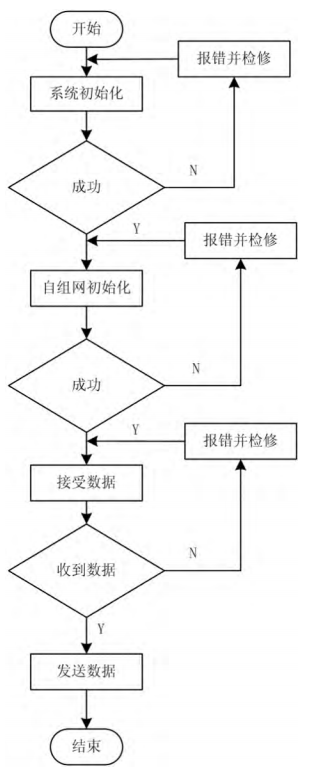
3. System construction and test analysis
A small planting system was built according to the planting system equipment design framework to verify the feasibility of the system. As shown in Figure 8, a three-dimensional architecture design was adopted. The LED light panels were set up in two layers. The LED drivers were all placed on the top layer of the frame for easy maintenance. 35cm below Place the nutrient soil tray, where the light efficiency has been tested to be the highest. Water circulation drip irrigation equipment is installed in the tray. The cultivation water is stored in the bottom water tank. Various types of sensors are placed between the frames. The PLC controller and coordinator are installed at a suitable height for the convenience of managers. In use, various data lines are connected to the PLC and coordinator through the frame wire trough, and finally the equipment is debugged to ensure stable operation.

8 Physical picture of planting system
This experiment chose to cultivate lettuce. First, the lettuce seeds were germinated and cultured as shown in Figure 9. Then the seedlings were placed in the brackets and parameters such as light intensity, temperature and humidity, water application time interval, light interval, and purple light insecticide time were set. Turn on the device for cultivation.
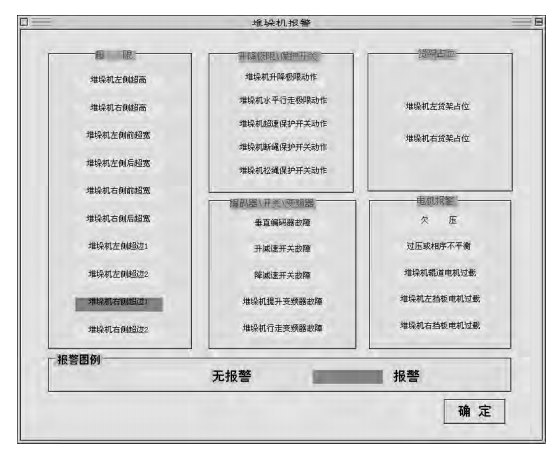
9 Actual picture of lettuce sprouting culture
After 38 days, the actual lettuce was grown as shown on the second shelf in Figure 8. It was verified that the equipment can form an environment for normal growth of vegetables by adjusting parameters and improve the growth efficiency of vegetables.
4. Conclusion
The IoT plant growth and cultivation system in this article still has some shortcomings in soil element detection, soil elements and microbial addition. The next step of research will focus on how to intelligently detect soil elements and accurately adjust the nutrient content of the soil, further improving the intelligence level and crop planting efficiency of the IoT plant growth and cultivation system.